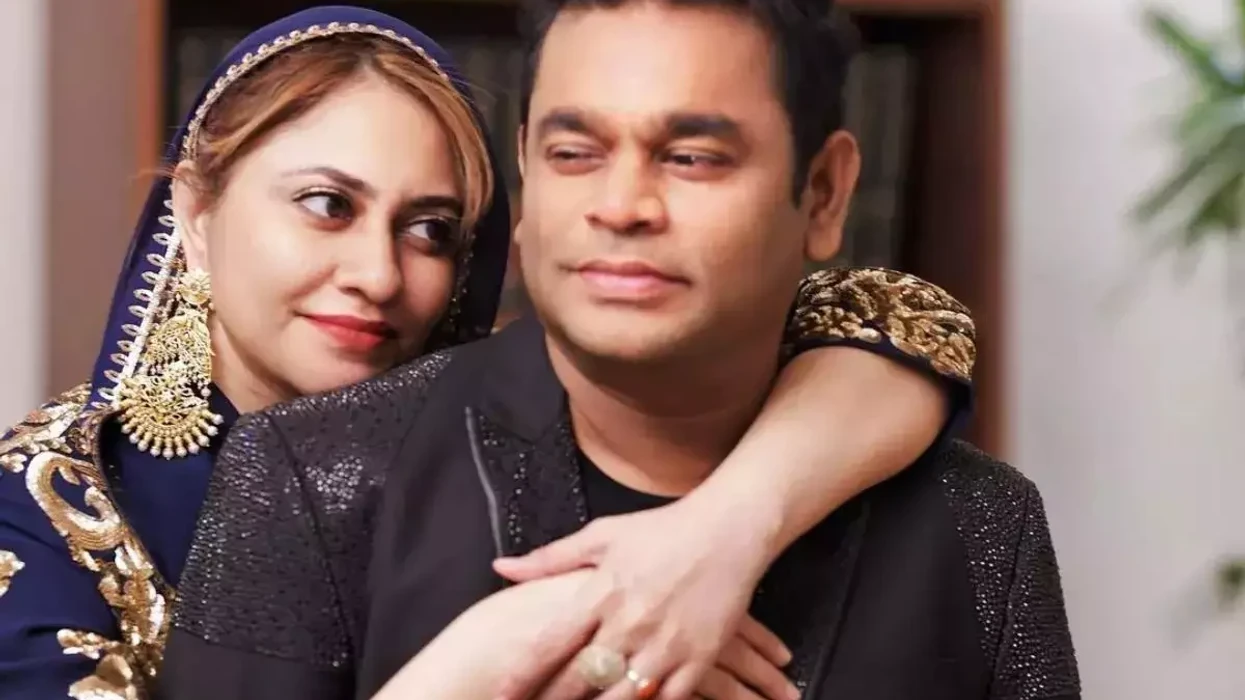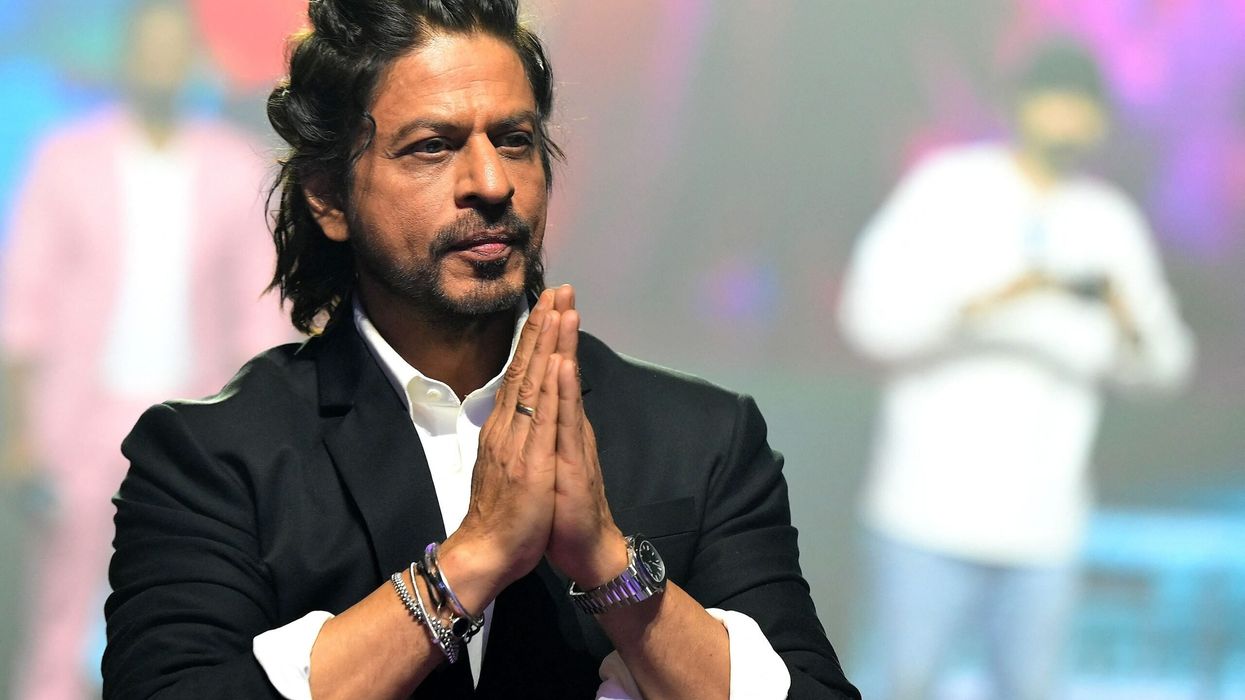MOST of us have played detective at some point, convinced we’ve cracked a colleague’s, friend’s, or family member’s behaviour.
We watch, analyse, and form conclusions about the people around us. Yet, the truth is, much of what we think we know about reading others is an illusion, a reflection of our biases and assumptions rather than an accurate picture of reality.
We’ve been conditioned to believe in certain stereotypes: crossed arms signify defensiveness, and eyes shifting sideways suggest dishonesty.
These oversimplifications are akin to judging a book by its cover, ignoring the intricate plot and complex characters within. In truth, the reality is far more nuanced.
To truly understand someone, we need to look beyond the surface. Instead of focusing on isolated gestures or actions, we should consider the bigger picture. A furrowed brow might indicate deep thought, not annoyance. Someone not engaging with your social media posts might be busy, not deliberately ignoring you. People are complex beings influenced by numerous factors, from their mood to the room temperature.
It’s also important to establish a baseline. How does this person typically behave? Everyone has their unique style, quirks, and mannerisms. By understanding their usual behaviour, you can better recognise when something seems off or out of character. And let’s not forget our own biases. We often project our inner turmoil, experiences, and beliefs onto others, distorting our perception.
So, how do we navigate this intricate landscape of human interaction? By approaching people with curiosity rather than judgment. Listen actively, observe, and resist the urge to jump to conclusions. Remember, everyone is telling a story, and their body language, social media activity, and actions are just one chapter in that narrative.
It’s about empathy—putting yourself in someone else’s shoes, understanding their perspective, emotions, and the context in which they’re operating. It’s about acknowledging that we’re all works in progress, constantly evolving and changing.
However, let’s not forget that people can also be masters of deception. We are capable of consciously or unconsciously manipulating our behaviour to create a desired impression. A carefully rehearsed strong handshake or the appearance of confidence on social media may be a performance rather than a genuine expression. Similarly, a warm smile could mask underlying tension.
By learning to spot these subtle cues of deception, we can begin to read people more truthfully. Of course, this takes time, practice, and a deeper understanding of human psychology. Ultimately, reading people is less about finding flaws and more about building connections. It’s about seeing the person beyond the mask and appreciating their humanity. Approaching others with empathy, curiosity, and a willingness to learn helps us develop deeper, more meaningful relationships.
Remember, there is no one-size-fits-all approach to reading people. Every interaction is unique, and every individual has a story we may know nothing about. So, take a deep breath, let go of judgment, and offer a smile.
Instagram @itsmitamistry @healingplacepod




















